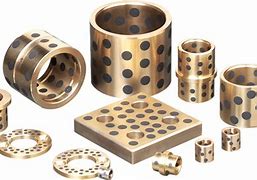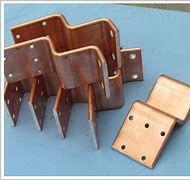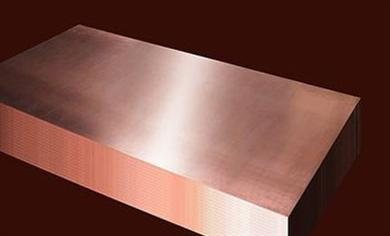Thermal Paste on Copper Pipes: How Much Is Just Right?
(How Much Thermal Paste On Copper Pipes)
You’re building a PC. You’ve got the shiny new CPU, the sleek cooler, and a tiny tube of thermal paste. Then it hits you: how much of this gray goop do you actually need on those copper pipes? Too little, and your CPU might overheat. Too much, and you’ve got a sticky mess. Let’s break it down without the tech jargon.
First, thermal paste isn’t glue. Its job is simple. It fills microscopic gaps between the CPU and the cooler’s copper base. Air pockets are bad at transferring heat. The paste bridges those gaps, letting heat flow smoothly. Think of it like spreading peanut butter on bread. Too thin, and the bread stays dry. Too thick, and it’s a messy bite.
Copper pipes are common in coolers because copper moves heat well. But even copper isn’t perfectly flat. Those tiny imperfections trap air. That’s where thermal paste comes in. The goal is a thin, even layer. No clumps. No bare spots.
So, how much paste do you need? Most builders swear by the “pea method.” Squeeze a blob the size of a pea—not a grape—onto the center of the CPU. When you press the cooler down, the paste spreads outward. It covers the surface without spilling over the edges. For bigger CPUs, some go with a grain-of-rice-sized line. Same idea.
Wait. What happens if you use too much? Imagine squeezing half the tube onto the CPU. When the cooler mounts, excess paste oozes out. It can drip onto the motherboard or between CPU pins. That’s a headache to clean. Worse, thick layers of paste act like a blanket. Heat gets trapped instead of moving to the cooler. Your temps might actually go up.
Not enough paste is risky too. If the layer is too thin, air pockets remain. Hotspots develop. Your CPU works harder, fans spin faster, and you wonder why your new build sounds like a jet engine.
Here’s a pro tip. Clean the surfaces first. Use isopropyl alcohol and a lint-free cloth. Even fingerprints can mess with the paste’s performance. Apply the pea-sized dot, lower the cooler straight down, and tighten the screws evenly. Don’t twist or slide the cooler. That creates air bubbles.
Some folks spread the paste manually with a card or plastic tool. This works, but it’s easy to overdo. The pea method is foolproof for most. After mounting, check the spread by lifting the cooler. The paste should cover most of the CPU, with minimal overflow. If it looks good, you’re set.
Different pastes have different consistencies. Thicker pastes might need a slightly bigger blob. Runny ones spread easier. Check the manufacturer’s advice, but don’t stress. The difference between “perfect” and “good enough” is often just a degree or two in temps.
What about copper pipes versus other materials? Copper’s great, but aluminum coolers are cheaper. Mixing metals isn’t a problem. The paste doesn’t care. It just fills gaps. Focus on the application, not the materials.
One last thing. Reapplying paste isn’t a monthly chore. Once every few years is fine unless you’re overheating. If temps climb over time, maybe it’s drying out. Clean it off and reapply.
(How Much Thermal Paste On Copper Pipes)
Building a PC is part science, part art. Thermal paste is the unsung hero that keeps things chill. Get the amount right, and your CPU will thank you with silent, cool performance. Mess it up, and well… let’s just say you’ll learn quickly.
Inquiry us
if you want to want to know more, please feel free to contact us. (nanotrun@yahoo.com)



